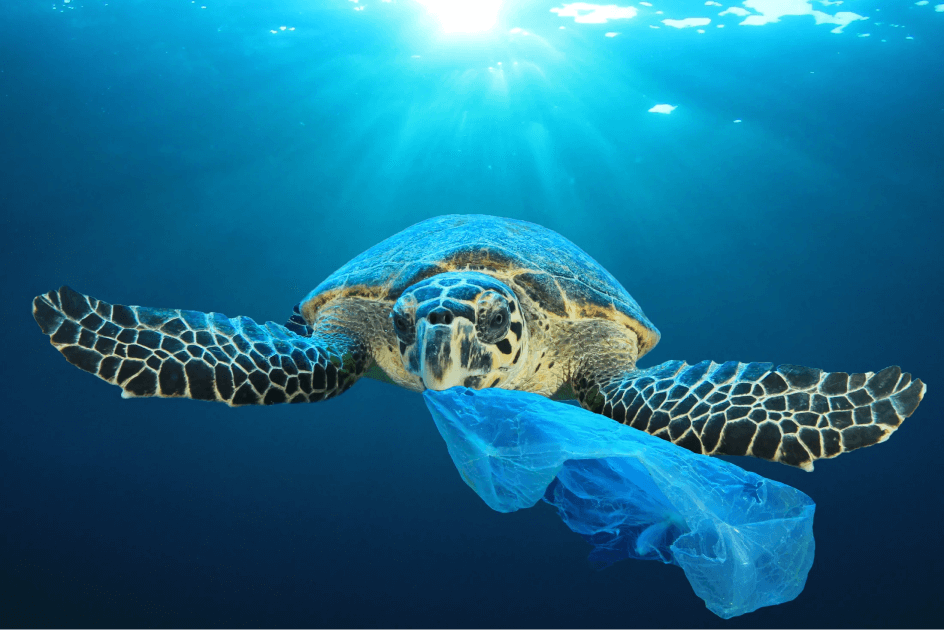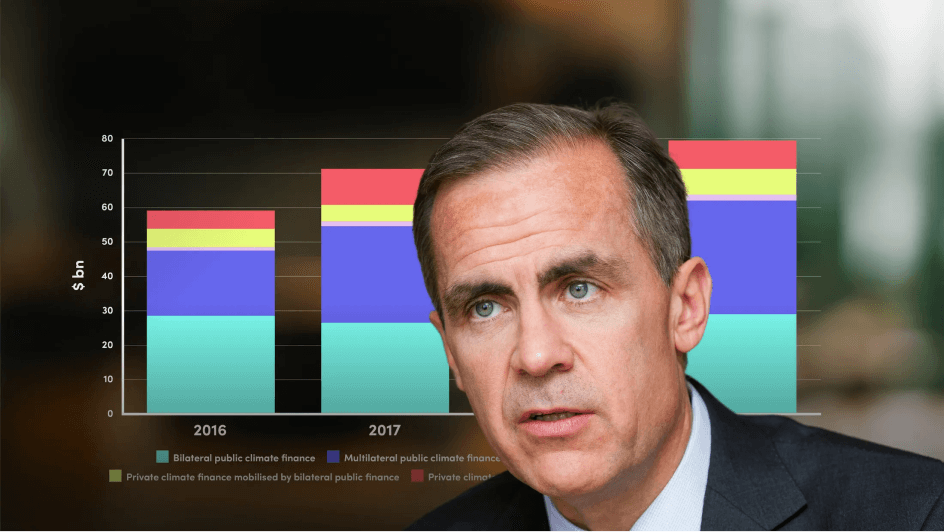
The SBTi Certification Process

Shivali Patel
10 years: Sustainability Consultant
In this video, Shivali walks you through the step-by-step process of SBTi certification and what it takes for companies to set and achieve credible, science-based climate targets. She explains the seven phases from registration and commitment to target setting, validation, implementation, and certification showing how businesses can move from ambition to measurable action.
In this video, Shivali walks you through the step-by-step process of SBTi certification and what it takes for companies to set and achieve credible, science-based climate targets. She explains the seven phases from registration and commitment to target setting, validation, implementation, and certification showing how businesses can move from ambition to measurable action.
Subscribe to watch
Access this and all of the content on our platform by signing up for a 7-day free trial.

The SBTi Certification Process
13 mins 22 secs
Key learning objectives:
Outline the step-by-step process of SBTi certification
Understand the key components of setting science-based targets
Understand the importance of validation, implementation, and reporting in the SBTi process
Overview:
Subscribe to watch
Access this and all of the content on our platform by signing up for a 7-day free trial.
Subscribe to watch
Access this and all of the content on our platform by signing up for a 7-day free trial.

Shivali Patel
There are no available Videos from "Shivali Patel"





























